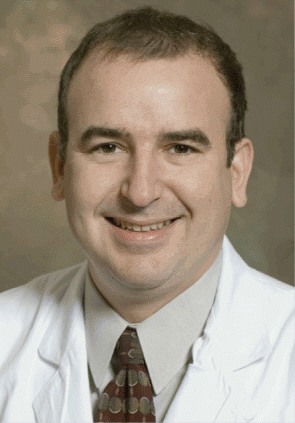According to the paper, prior surgical attempts to treat the condition focused on the enlargement of the bony eustachian tube isthmus, but drilling techniques and stents failed to restore eustachian tube function. Moreover, concerns about injury to adjacent structures, such as the carotid artery, caused surgeons to abandon this approach, wrote the authors.
Explore This Issue
July 2009During eustachian tuboplasty, whether surgeons remove both mucosa and cartilage depends on how aggressive they want to be, said Dr. Metson, who removes hypertrophic mucosa but generally does not remove cartilage unless the case of eustachian tube obstruction is severe.
As a rhinologist, Dr. Metson performs the procedure entirely through the nose, using a microdebrider in conjunction with sinus surgery. Many of his patients have eustachian tube obstruction in association with chronic sinus disease, he explained. Patients with sinusitis, for example, experience postnasal drip that flows over the eustachian tube orifices, leading to blockage.
 We are hoping that as we gather more and more evidence, eustachian tuboplasty will prove to be a long-term solution to chronic ear disease.
We are hoping that as we gather more and more evidence, eustachian tuboplasty will prove to be a long-term solution to chronic ear disease.
-Elias Michaelides, MD
Dr. Metson noted that eustachian tube obstruction in patients with sinusitis resolves after the combined procedure. I can never be sure if the blockage goes away because of the sinus surgery or eustachian tube surgery, or both, he said.
Patients who undergo eustachian tuboplasty generally experience very few significant complications, said Dr. Poe, adding that he and his colleagues have treated about 40 individuals with the procedure. However, inflammation at the surgical site that is asymptomatic may occur, he noted.
Overall, the eustachian tuboplasty is low-risk, said Dr. Michaelides. Patients experience very little pain postsurgery, he said, adding that he recommends that patients use nasal rinses or saline sprays to assist in the healing process. Patients can return to normal to activities the following day.
Treating Inflammation
Before considering eustachian tube surgery, physicians should treat patients for any nasal allergies or reflux symptoms that may be contributing to chronic disease and the swelling of the eustachian tube mucosa, said Dr. Michaelides.
Just as with surgery for chronic sinusitis, you’ve got to treat underlying problems, such as allergies, noted Dr. Poe.
Controlling the underlying cause of inflammation can help to increase the success rate of Eustachian tuboplasty for chronic eustachian tube dysfunction, which is only about 50% to 55%, said Dr. Poe. Patient preoperative and postoperative compliance with treatment for inflammation is also important, he added.
Leave a Reply